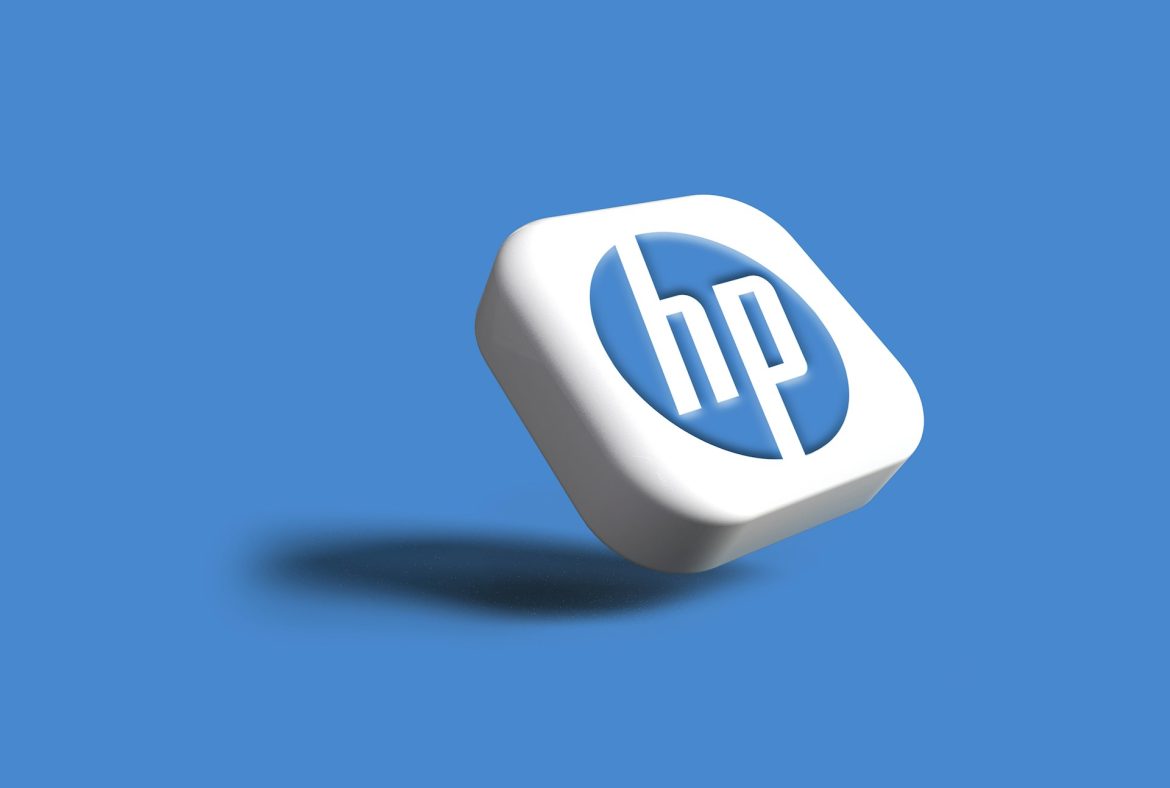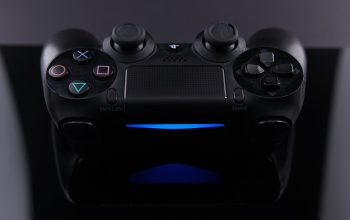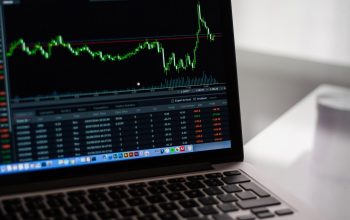HP Inc. has begun its new financial year on significantly unsure footing, delivering a stark warning to investors that has sent its share price sliding in after-hours trading. The US hardware heavyweight has issued a profit forecast that falls well short of analyst expectations, whilst simultaneously unveiling a sweeping restructuring programme that will see thousands of roles eliminated globally.
Pivot to Automation and Workforce Reductions
In a move indicative of the broader shifts within the technology sector, HP plans to reduce its workforce by between 4,000 and 6,000 employees by the 2028 financial year. This reduction represents approximately ten per cent of its total staff. The company has made it clear that this is not merely a cost-cutting exercise but a strategic pivot towards automation and artificial intelligence.
Chief Executive Enrique Lores stated that the cuts are necessary for the company to reposition itself in an increasingly competitive market. The intention is to deploy AI heavily across product development, sales, customer support, and administrative functions. By streamlining these areas, HP aims to generate annual savings of roughly $1 billion (£790 million). However, achieving these efficiencies will come with a steep upfront price tag: the restructuring is expected to incur costs of approximately $650 million, with around $250 million of that burden falling within the current financial year.
Disappointing Guidance Rattles Market
The immediate catalyst for the share price drop—which saw stock fall by roughly five per cent in extended trading—was the company’s sombre financial outlook. For the full year, HP is targeting adjusted earnings per share (EPS) of between $2.90 and $3.20. This guidance sits uncomfortably below the $3.32 that market analysts had pencilled in.
The outlook for the immediate future is equally subdued. For the current first quarter, the company expects earnings of 73 to 81 cents per share. Management has attributed this caution primarily to the surging cost of memory chips. While demand for personal computers is beginning to recover, the elevated price of components is eroding margins faster than the company can adjust its own pricing structures.
Quarterly Performance and Rising Costs
Looking back at the fourth quarter which ended on 31 October, the picture was mixed but largely aligned with predictions. Revenue climbed by 4.2 per cent to reach $14.6 billion, whilst earnings excluding special items stood at 93 cents per share—marginally edging out the average analyst forecast of 92 cents on revenue of $14.5 billion.
Despite these solid quarterly figures, the looming pressure from component costs remains a significant headache. Lores warned that margin pressure from rising memory chip prices is likely to persist, potentially becoming more acute from the second half of 2026. Although the company currently holds sufficient inventory to weather the immediate storm, it is actively seeking alternative, more cost-effective suppliers to mitigate future impact.
Strategic Adjustments and Supply Chain Shifts
Beyond the immediate financial engineering, HP is continuing a long-term strategy to insulate itself from geopolitical friction. The company has been working for years to reduce its reliance on manufacturing in China to circumvent tariffs, a strategy that is now running parallel to its battle against component inflation.
To counter the rising costs of production, HP plans to implement price increases and is reportedly reducing memory specifications in its less advanced models to protect profitability. Lores noted that these measures, combined with the aggressive shift towards AI-driven productivity, are essential for maintaining the company’s financial health. The job cuts announced this week follow a previous reduction plan revealed earlier in the year, which targeted up to 2,000 roles, underscoring a period of sustained and painful contraction for the workforce as the legacy tech giant attempts to modernize its operations.



